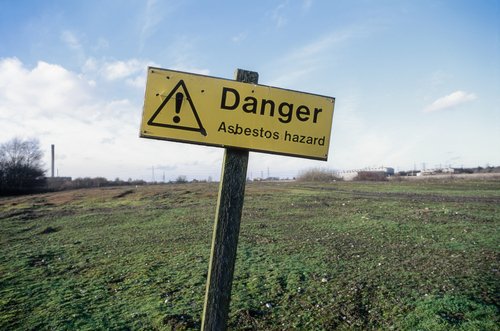More than half of all deaths related to asbestos exposure is caused by malignant mesothelioma, a new study has shown.
The study, “Risk Factors of Mortality from All Asbestos-Related Diseases: A Competing Risk Analysis,” was published in the journal Canadian Respiratory Journal.
Asbestos is known to be responsible for several medical conditions, also known as asbestos-related diseases (ARD), which include several cancers and benign illnesses. Many efforts have been made to reduce exposure to asbestos fibers. However, about 125 million workers continue to be directly exposed to this carcinogenic substance.
Researchers pointed out that in 2004 alone, more than 100,000 deaths were due to asbestos-driven lung cancer, malignant pleural mesothelioma, and asbestosis. Still, several thousands of deaths due to other ARD or to non-occupational exposure to asbestos are not accounted.
To assess the global impact of all forms of ARD, particularly the benign conditions, researchers in Barcelona, Spain, investigated the incidence and contributing risk factors of mortality from all forms of ARD.
The study included data from 544 individuals from an asbestos-exposed community in the area of Barcelona, Spain, between 1970 and 2006.
Asbestos-related deaths were observed in 167 patients (67% of those studied) and more than half (57.5%) were caused by some type of mesothelioma. About 7.5% of patients died from non-asbestos-related events, while 16% and 3.3% died from pleural and peritoneal mesothelioma, respectively. ARD was more common in men than women (44.7% versus 20.5%).
“Our study is the first to analyze the risk of death for all ARD in a community,” the researchers wrote. “Nearly a third of patients diagnosed with ARD die from it and more than half due to some form of mesothelioma.”
After adjusting for sex, age, smoking status, number of ARD, and source of exposure, researchers found that men were at increased risk of dying fom an asbestos-related disease 40 years after the start of asbestos exposure.
Age also was a risk factor for asbestos-related death. Those between 60 and 69 years of age in the first 30 years of exposure were at increased risk of dying from asbestos-related diseases.
Similarly, the number of asbestos-related diseases a patient had also influenced their risk of death. Individuals with two or three benign ARDs were 94 percent more likely to die than those with just one benign ARD. The highest risk was seen among patients with at least one malignant ARD, which was 128 times higher than in those with one benign ARD.
“Our research shows the effects of prolonged exposure to asbestos which resulted in a high incidence rate of ARD mortality,” the researchers wrote. “This kind of exposure and outcome can only be produced by inadequate preventive and protective measures against asbestos.”
“These findings suggest the need to develop a preventive approach to the community and to improve the clinical follow-up process of these patients,” they concluded.


